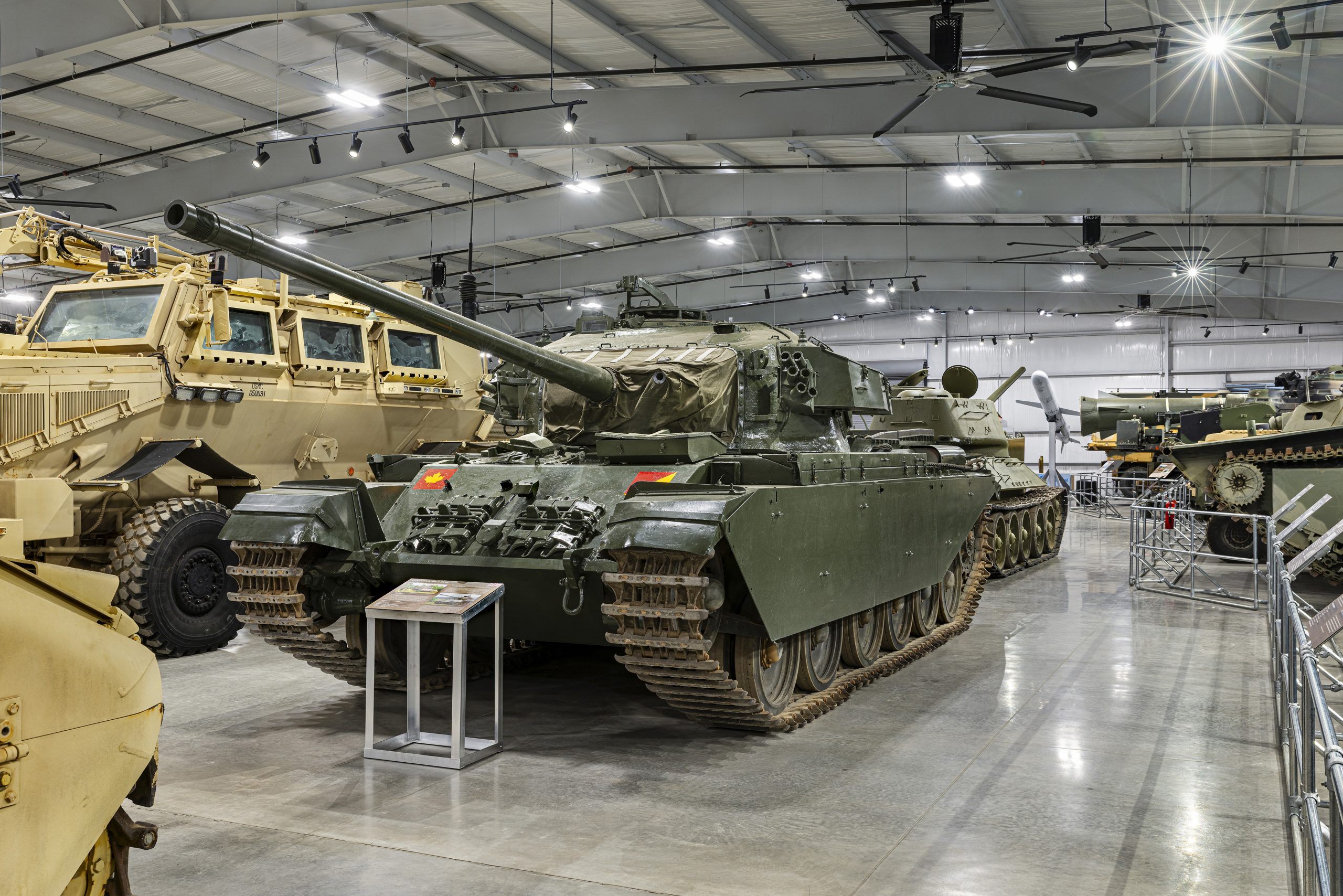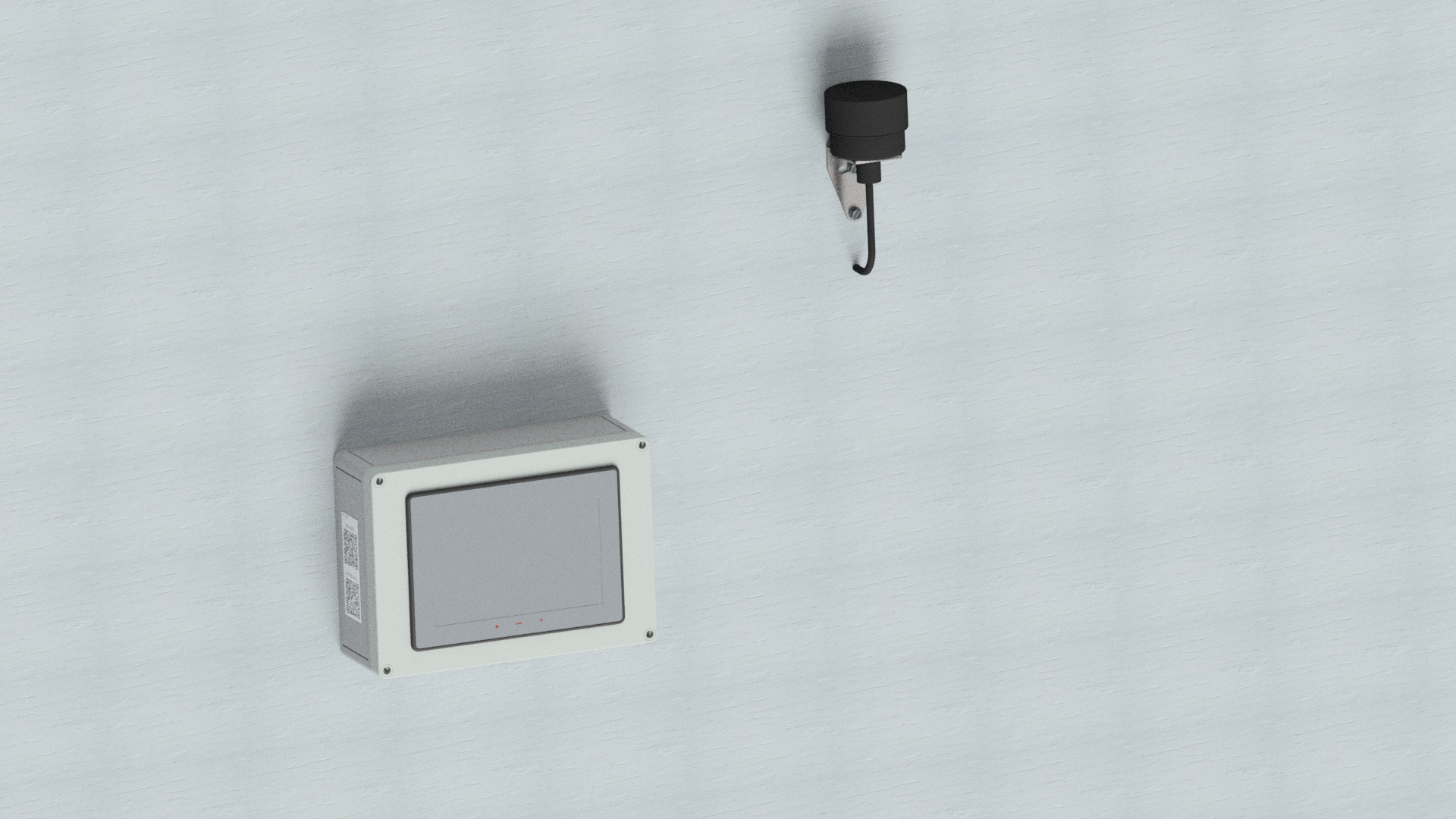Planning an HVLS Fan Into Your Space
What to Consider When Planning for an HVLS Fan
When you’re planning to use HVLS fans to improve airflow in your facility, there are a number of factors you’ll want to consider to help you determine the best way to go for your space. Your regional climate, the type of building, how your space is used and your goals are just a few of the factors. Let’s take a closer look:
Climate
Your geographic location can play a big part in airflow needs. In a hot, humid climate, HVLS fans may be used as much to keep moisture at bay as for cooling workers. In a colder climate, fans may actually have a bigger impact during winter than over the summer – EPIC HVLS fans have True ReverseTM capability, meaning they can be run in reverse to capture warm air that rises up to the ceiling and more evenly distribute it throughout the space. And in a mild climate, you may find that HVLS fans can eliminate the need for air conditioning altogether.
Building Planning
Besides considering your regional climate, you’ll want to think about the type of building you’re planning. To start, are you building a new space or retrofitting an older one? In a retrofit, you’ll have to consider the layout of the current HVAC system (if there is one!) and where it’s not doing enough. In a new build, you may be able to forgo HVAC, or at least reduce the amount of expensive ductwork, by planning in HVLS fans upfront.
Space Planning
Then you’ll want to dig into more specific space needs. For example, what’s the total size of your space, and what’s the size of any individual rooms that need to be considered? Are there areas of your facility that face extra challenges, such as lots of direct sunlight on one side of the building, open dock doors or lower ceilings? You’ll also want to take into account existing columns or walls that could obstruct airflow and whether any existing light fixtures would need to be moved to avoid creating a strobe effect.
Also think about how many fans you’ll need and how often you’ll want to run the fans. Do you have multiple shifts of workers around the clock or is the space just used 9-5? For example, a distribution center running 24/7 may need HVLS fans running at all times, but a CrossFit gym may only need the fan during core daytime classes. Another consideration is whether your space sees varying amounts of people throughout the day. A retail space, restaurant, theater or airport may have large fluctuations in crowds during the day, and HVLS fans can be used to help regulate shifting temperatures. But a warehouse space with a pretty steady number of workers may be able to run fans at more consistent levels.
Goals, Controls & Design Needs
Those questions about your space should spur you to think about how you want to control your HVLS fans, too. Do you want your employees to be able to adjust fans on their own, or leave that only to facility managers? Do you want to pre-program settings so fans automatically adjust at certain temperatures or certain times of the day? EPIC HVLS fans can be used with individual touchscreen controls, or they can be integrated into an overall building management system (BMS).
We also have fans for different design aesthetics. Our Colossus industrial HVLS fans fits well into warehouses, distribution centers, aircraft hangars and other areas where functionality is the primary consideration. But EPIC Apex commercial fans have a sleeker, low-profile design and come in a variety of standard colors (and can be powder coated in any custom design you want!) so they can be used in customer-facing spaces. You can choose white fans to blend seamlessly with a white ceiling, or choose bright colors to accent your space. With 8 color options available at no additional charge, you’re free to explore the possibilities.
And finally, what are your goals? You’re probably looking to improve conditions for your workers and/or customers, but are you also targeting specific energy and cost savings? Are you looking to make the facility manager’s job easier by integrating fans into a BMS or to provide your employees more effective options when they need to regulate temperatures? Ultimately, all these questions should help you better understand and prioritize your needs.
Ready to Get Started?
Contact us today, and a fan specialist will get back to you to discuss your needs, answer questions and help you with the planning process.


